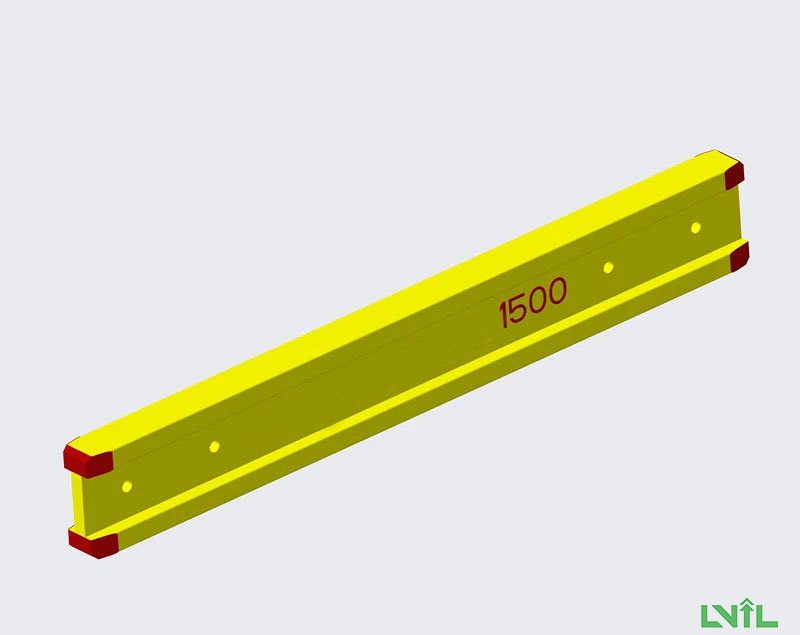- Total 1 Page 3 Records
H20 System: Key Benefits and Features
1. Definition and Overview
The H20 system is an advanced water management solution designed to optimize water usage through intelligent monitoring, recycling, and process optimization. It integrates Internet of Things (IoT) sensors, data analysis platforms, dynamic pressure regulation, and multi-stage filtration to create a comprehensive water resource management framework. This system is widely applicable across various industries and scenarios, offering significant improvements in water efficiency and sustainability.
2. Key Features
- Intelligent Monitoring:
- Real-time Data Collection: Utilizes IoT sensors to collect water quality, flow rate, and pressure data in real-time, providing a comprehensive view of water usage across the entire supply chain.
- Comprehensive Monitoring: Covers all stages of water use, from source monitoring to end-use terminals, ensuring no aspect of water management is overlooked.
- Water Recycling and Reuse:
- Multi-stage Filtration: Employs advanced filtration and membrane separation technologies to treat and reuse industrial cooling water, significantly reducing the demand for fresh water.
- Closed-loop Systems: Implements closed-loop cooling systems in industrial applications, minimizing water waste and environmental impact.
- Dynamic Regulation and Control:
- Smart Algorithms: Utilizes machine learning algorithms to dynamically adjust water supply pressure and flow rate based on real-time data, ensuring precise water usage control.
- Predictive Maintenance: Identifies potential leaks and equipment failures before they occur, reducing downtime and maintenance costs.
3. Major Benefits
- Significant Water Savings:
- Increased Efficiency: The H20 system significantly improves water use efficiency by reducing ineffective water consumption through intelligent monitoring and dynamic control.
- Case Studies: In industrial applications, the system has achieved water recycling rates of over 92%, while in agricultural settings, it has reduced water usage by up to 45%.
- Intelligent Optimization and Continuous Improvement:
- Machine Learning: The system continuously optimizes water usage strategies through machine learning, adapting to changing conditions and improving water-saving effects over time.
- Data-driven Decisions: Provides actionable insights and recommendations based on data analysis, enabling informed decision-making and process optimization.
- Comprehensive Coverage and End-to-End Solutions:
- Full-chain Optimization: Offers a complete solution from water source monitoring to end-use terminals, ensuring every aspect of water management is optimized.
- Cross-industry Applications: Suitable for a wide range of industries, including manufacturing, agriculture, and municipal water supply, providing tailored solutions for each sector's specific needs.
- Economic Advantages and Cost Reduction:
- Lower Operational Costs: By reducing water waste and optimizing water usage, the H20 system helps lower operational costs and improve overall economic efficiency.
- Rapid ROI: Many implementations have shown a return on investment within 18 months, with significant long-term cost savings.
4. Application Areas
- Industrial Applications:
- Cooling Water Systems: Optimizes cooling water cycles, reduces makeup water requirements, and improves overall water efficiency in industrial processes.
- Process Water Optimization: Identifies and optimizes high water-consuming processes, reducing water usage and waste.
- Agricultural Applications:
- Precision Irrigation: Implements smart irrigation systems that adjust water delivery based on soil moisture, crop needs, and weather data, significantly reducing water waste.
- Efficient Water Use: Improves water use efficiency in agriculture, ensuring crops receive the right amount of water at the right time.
- Municipal Applications:
- Water Supply Networks: Monitors and optimizes water supply networks, reducing leakage and improving water pressure management.
- Rainwater Harvesting: Integrates rainwater harvesting and reuse systems to augment water supplies and reduce reliance on freshwater sources.
In summary, the H20 system represents a cutting-edge approach to water management, offering intelligent monitoring, efficient recycling, dynamic control, and significant cost savings across a wide range of applications. Its ability to continuously optimize water usage strategies makes it an invaluable tool for promoting sustainable water practices and improving overall water efficiency.



